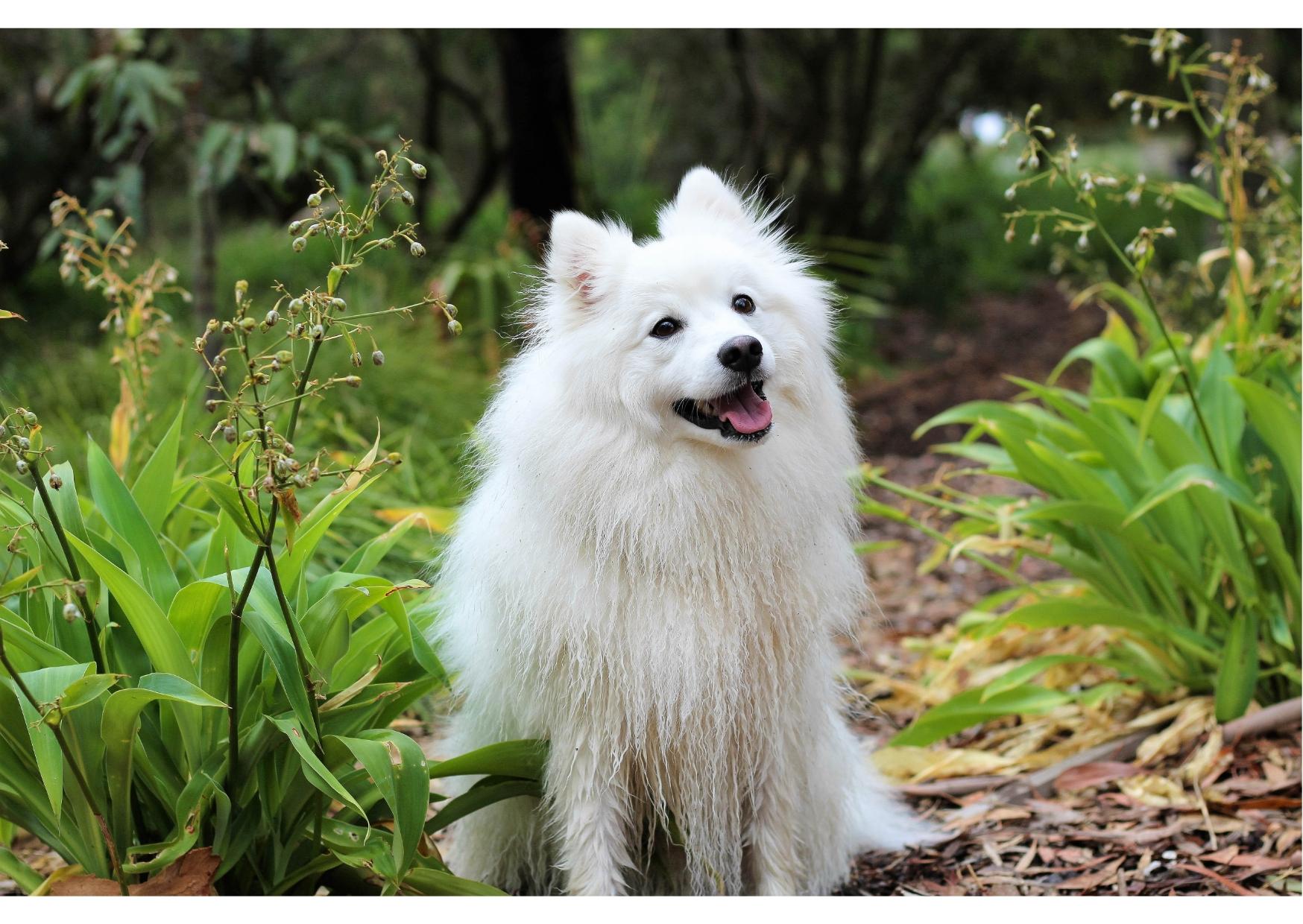INDIAN SPITZ
| Group: | Utility |
|---|---|
| Size: | Small |
| Temperament: | Friendly, Curious, Spunky |
| Height: | 14-18 inches (male), 10-14 inches (female) |
| Weight: | 12-18 Kg (male), 7-15 Kg (female) |
| Life Expectancy: | 10-16 years |
| Origin: | India |
| Coat Length: | Long |
| Coat Type: | Double |
| Color: | Dusky Brown Milky White Black |
About
An alert, vocal, and obedient dog, the Indian Spitz is high-spirited, intelligent, and playful. This independent little dog makes a good watchdog and will notify its owners if it thinks it's necessary. As long as the owner is consistently reliable, the Indian Spitz is not difficult to train. This breed picks things up easily and loves to play. Generally speaking, this cheerful dog gets along well with kids, other dogs, and domestic animals. The Indian Spitz is, in essence, a large dog trapped in a small dog's frame. The small dog serves as the home's protector and guardian.While the two are sometimes confused, the Pomeranian is a fundamentally different breed.
Nutrition
Since the Indian Spitz is a small dog, pet owners should base their nutrition plans on that fact. 80 calories are required for every kilogramme of body weight in small dogs. Please remember that this is just a generalisation. Your dog's nutritional requirements vary depending on their age, level of activity, type of food, etc. This dog has adjusted to life in India. They prosper on home-cooked food. Avoid giving dogs spicy food, please. These dogs do well on chicken, vegetables, eggs, rice, etc. Only provide potable, fresh water, and make sure to clean the food and water bowls frequently.
Ideal Meal Breakdown
Protein
36
Fat
20
Carbohydrates
36
Others
8
Exercise
The Indian Spitz needs to go for a walk at least once per day, like most breeds. They typically tire themselves out by playing around and don't require assistance there. They must exercise enough to satisfy their playful and inquisitive nature. They can live in small spaces more easily than large dogs, but no one dislikes having more room! As long as they get enough exercise, an Indian Spitz puppy can be raised without any restrictions in an apartment. Although they dislike being left alone, it is not a good idea to leave them in an apartment for a long period of time.
Grooming
Although the Indian Spitz enjoys grooming themselves, regular brushing of their coats keeps them in better condition. Unless they get very dirty, they don't need to take baths frequently. The Indian Spitz has a problem with shedding; during the winter, they develop a fairly thick coat, which they then get rid of at the end of the season. You need to regularly groom them yourself or take them to the vet if you don't want their hair all over your furniture. Apart from that, they only require minimal grooming, such as routine tooth brushing and nail trimming. The fact that they enjoy getting groomed and won't bother you or your veterinarian is good news for you.
Training
Indian Spitz make wonderful pets. There are a lot of commands and tricks you can teach them. Your imagination is your only bound. In between 5 and 15 repetitions, they comprehend and remember new commands. 85 percent or more of the time, this breed complies with the first command. One of the breeds with the top ranks for dog intelligence.
Health
This dog is healthy and accustomed to India's climate. A full physical examination for the Indian Spitz should be performed at least once every 12 to 18 months (but preferably once per year). While the Indian Spitz is a healthy dog breed, you should be aware of some of the more common canine ailments that may affect your little companion, such as hip dysplasia, epilepsy, visual problems, and dental problems. Indian Spitz do not stink unless they are ill or have issues with their teeth, ears, or skin folds.Call your veterinarian as soon as your dog displays any symptoms.
History
They were first brought in by the British occupiers during the 19th century, and it is believed that they are related to the German Spitz. After many years of breeding, they were able to produce a breed that could withstand the sweltering Indian summers while retaining the breed's intelligence and adaptability. They were well-suited to the Indian climate and quickly gained popularity. They were crossbreeds between a Samoyed and a Pomeranian. The Indian government's stringent import regulations from the 1980s and 1990s helped the Indian Spitz gain popularity. Although it has adapted to a warmer climate, the Indian Spitz is similar to the European Spitz.
